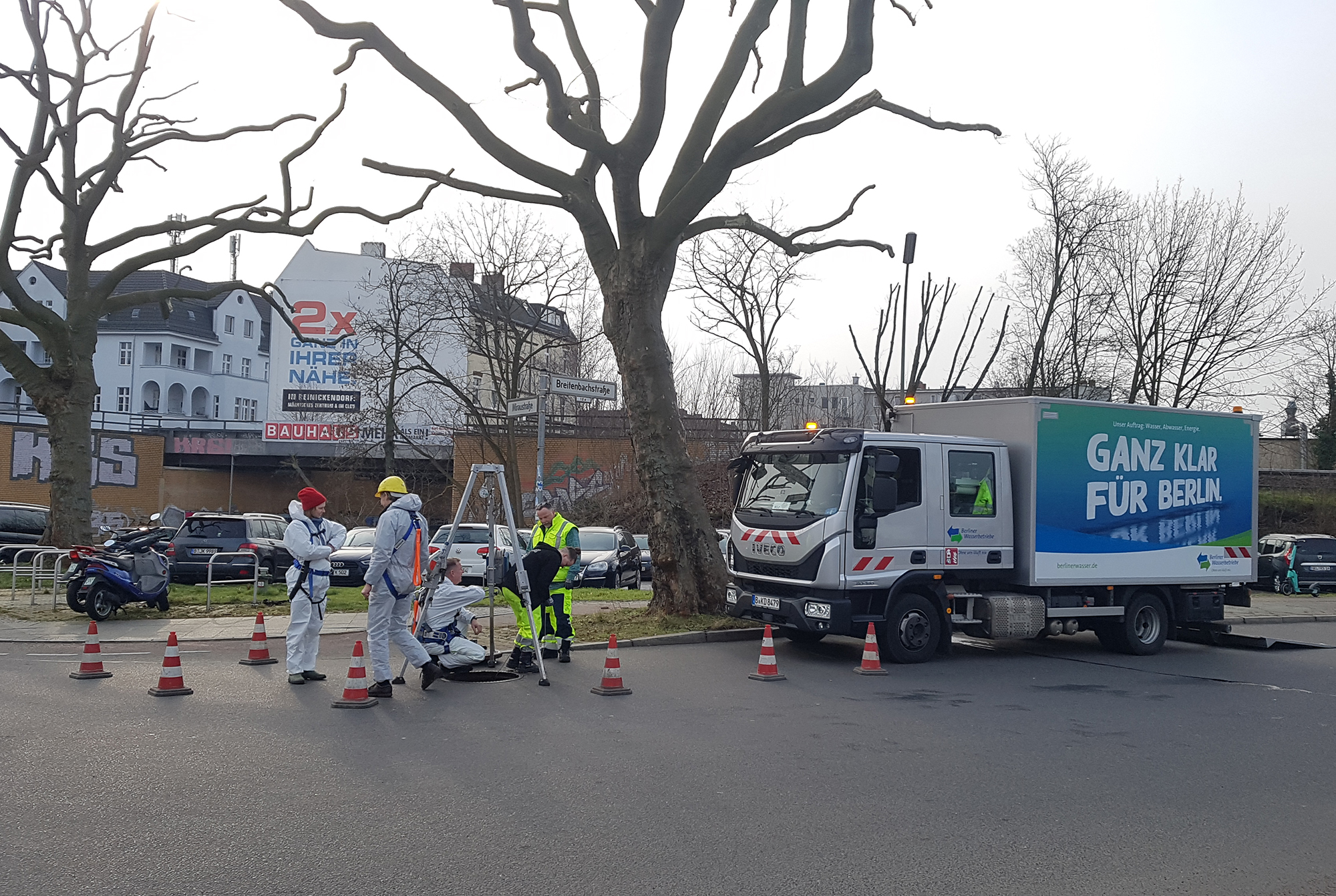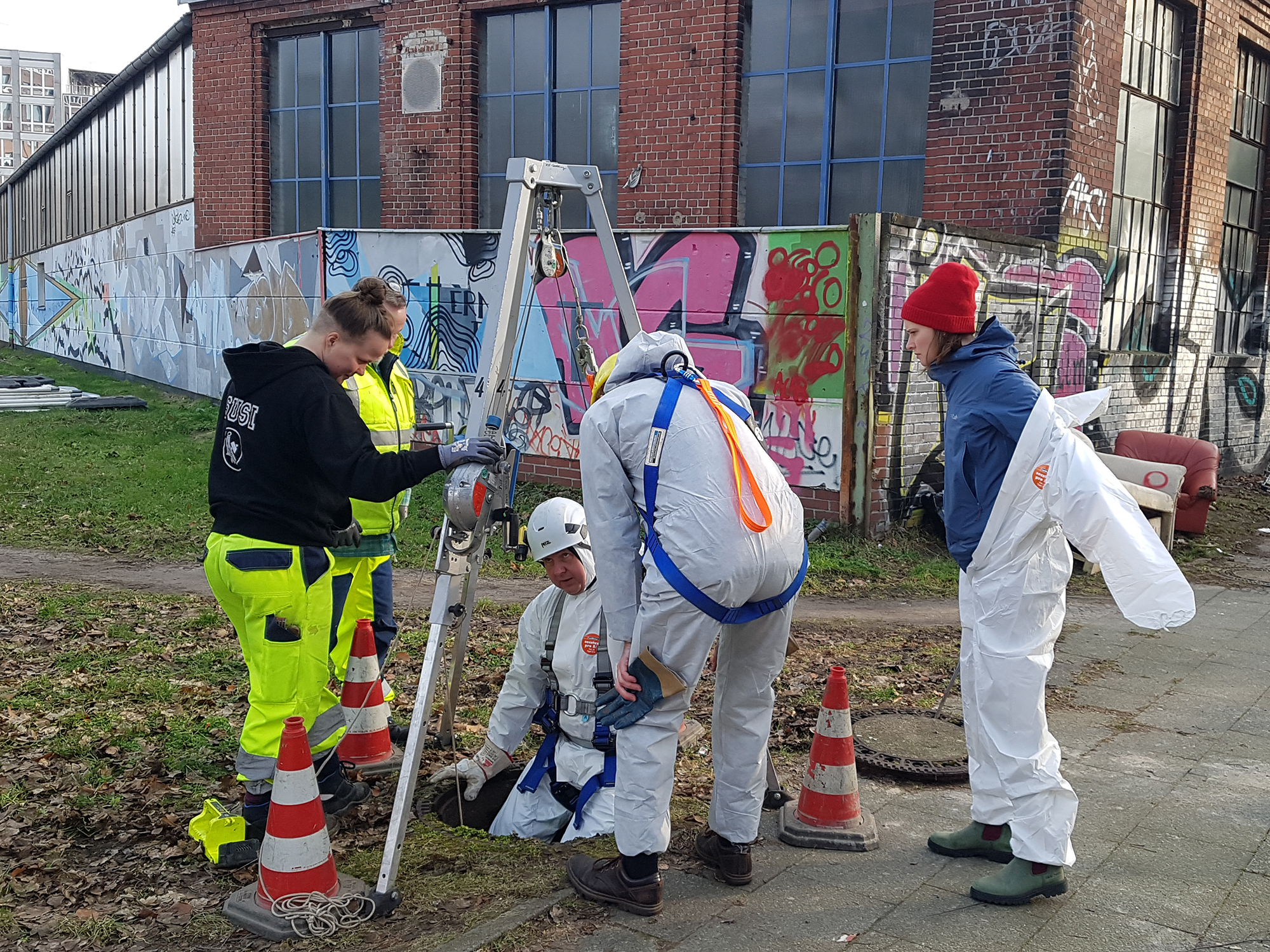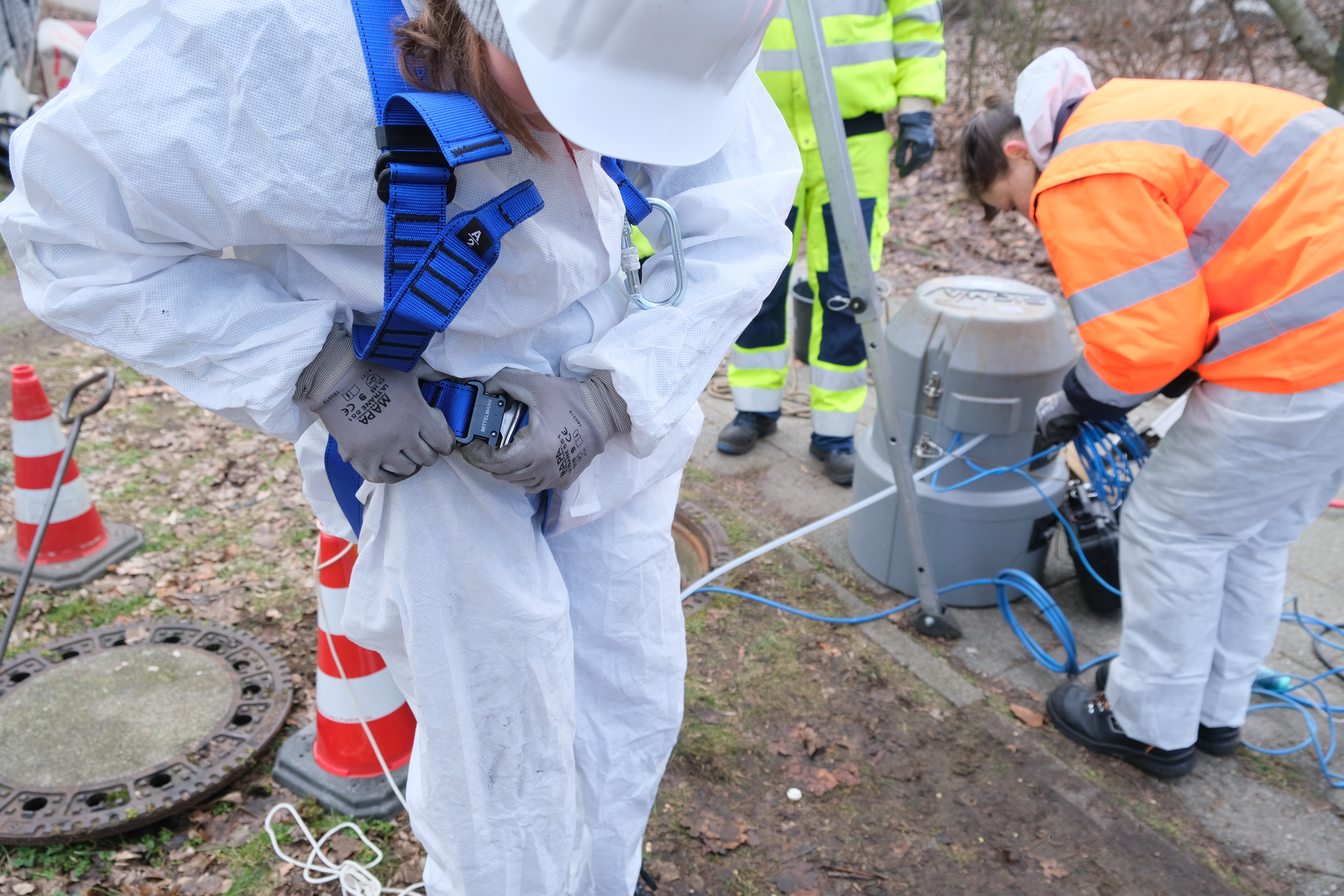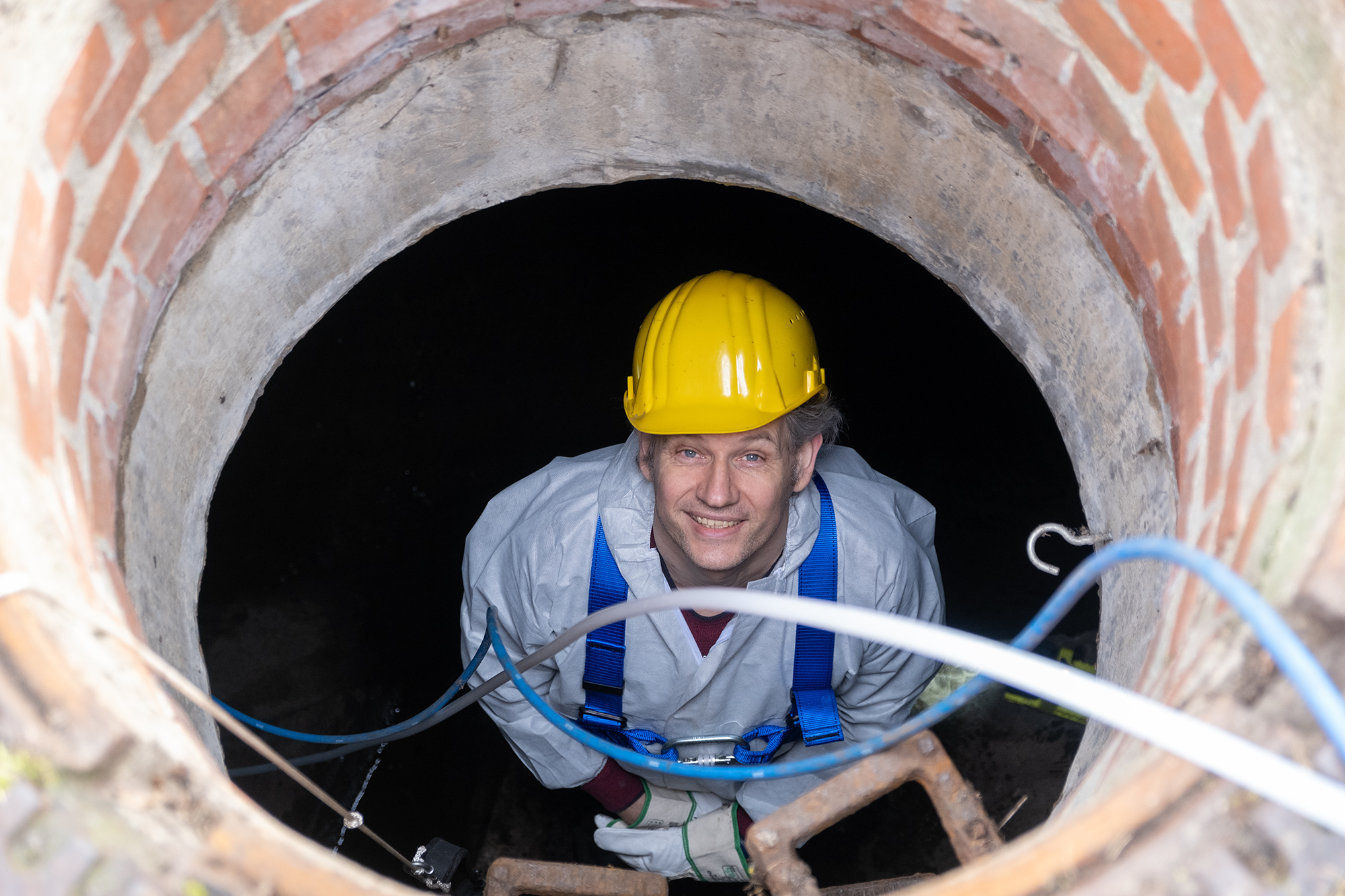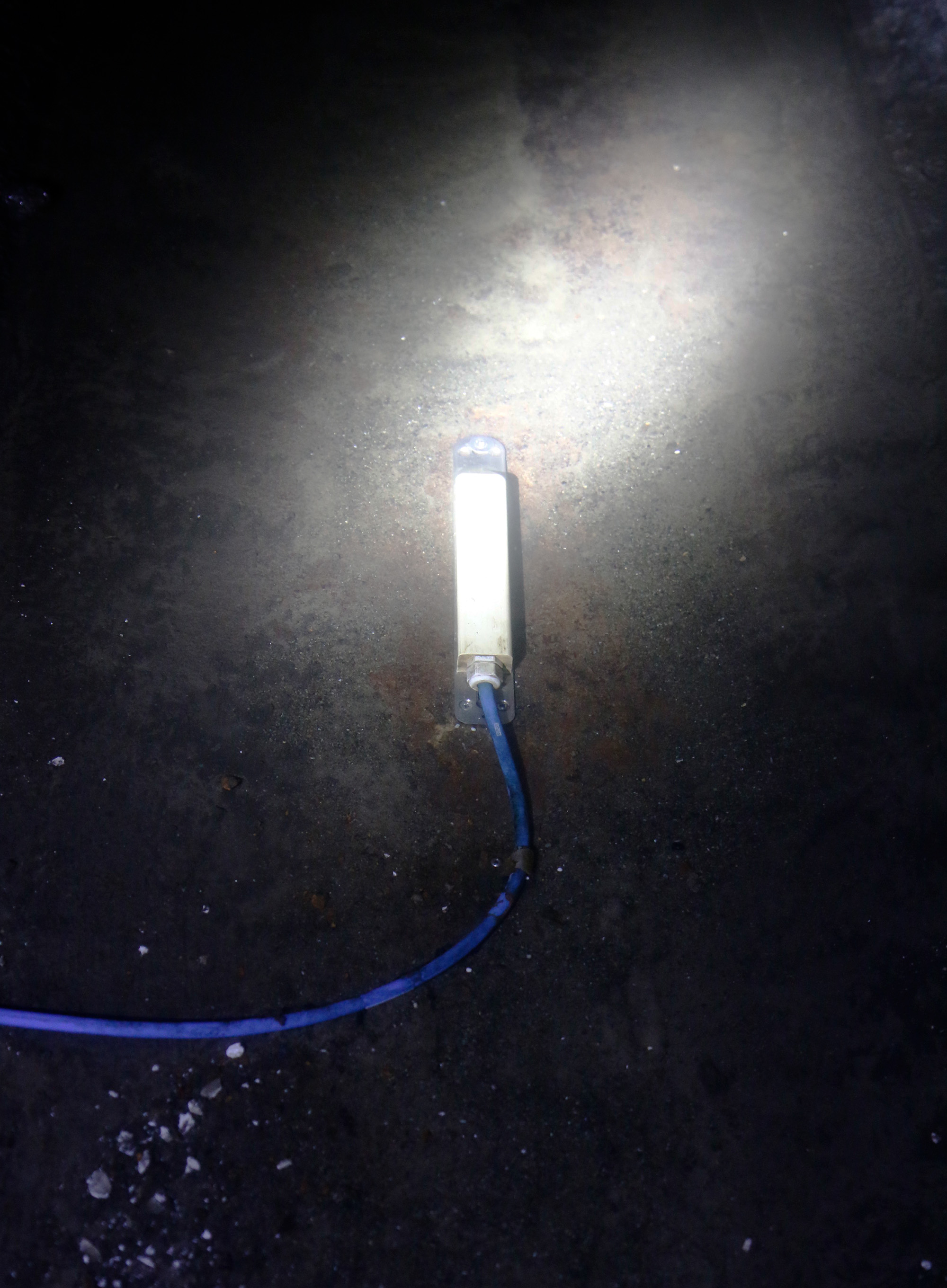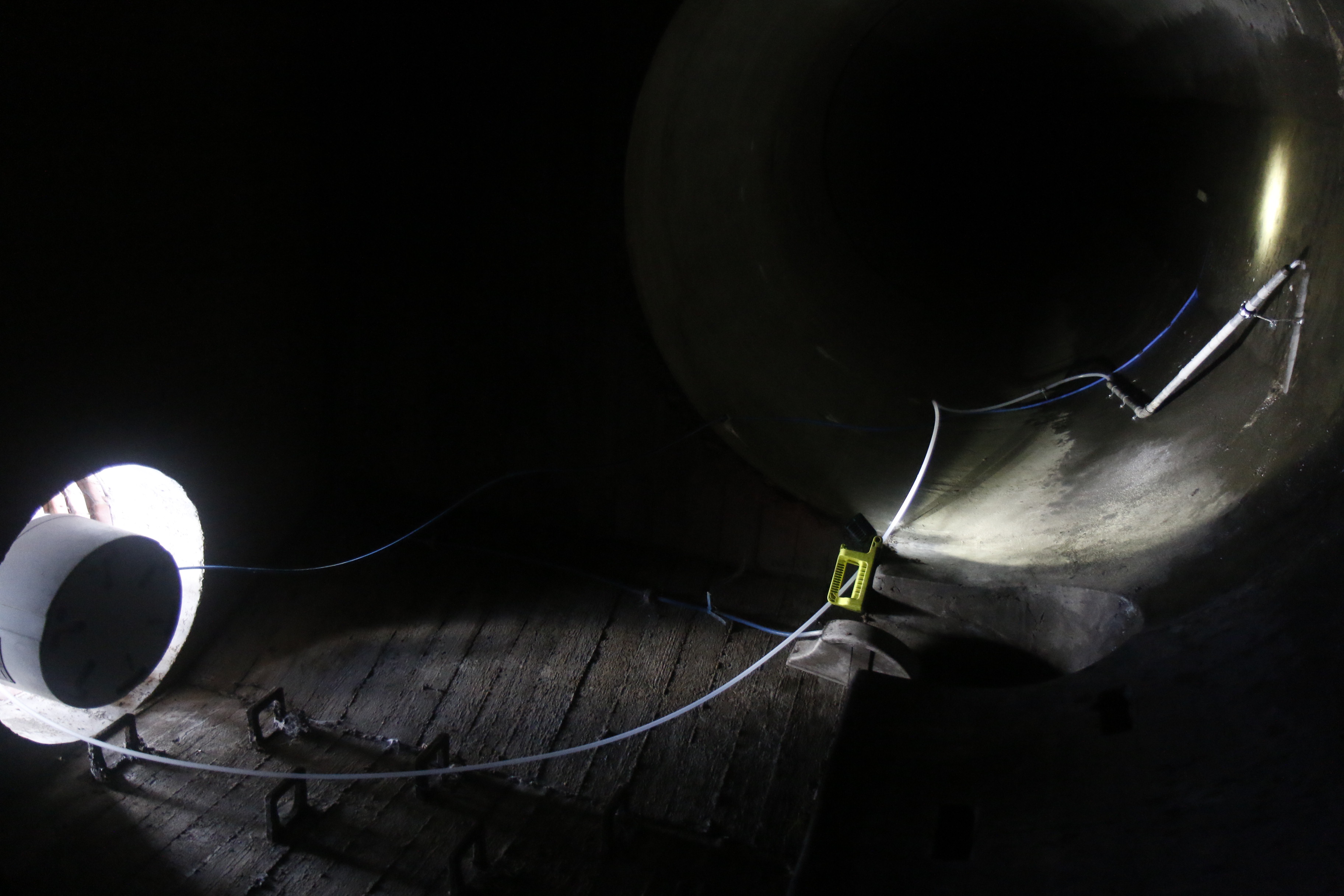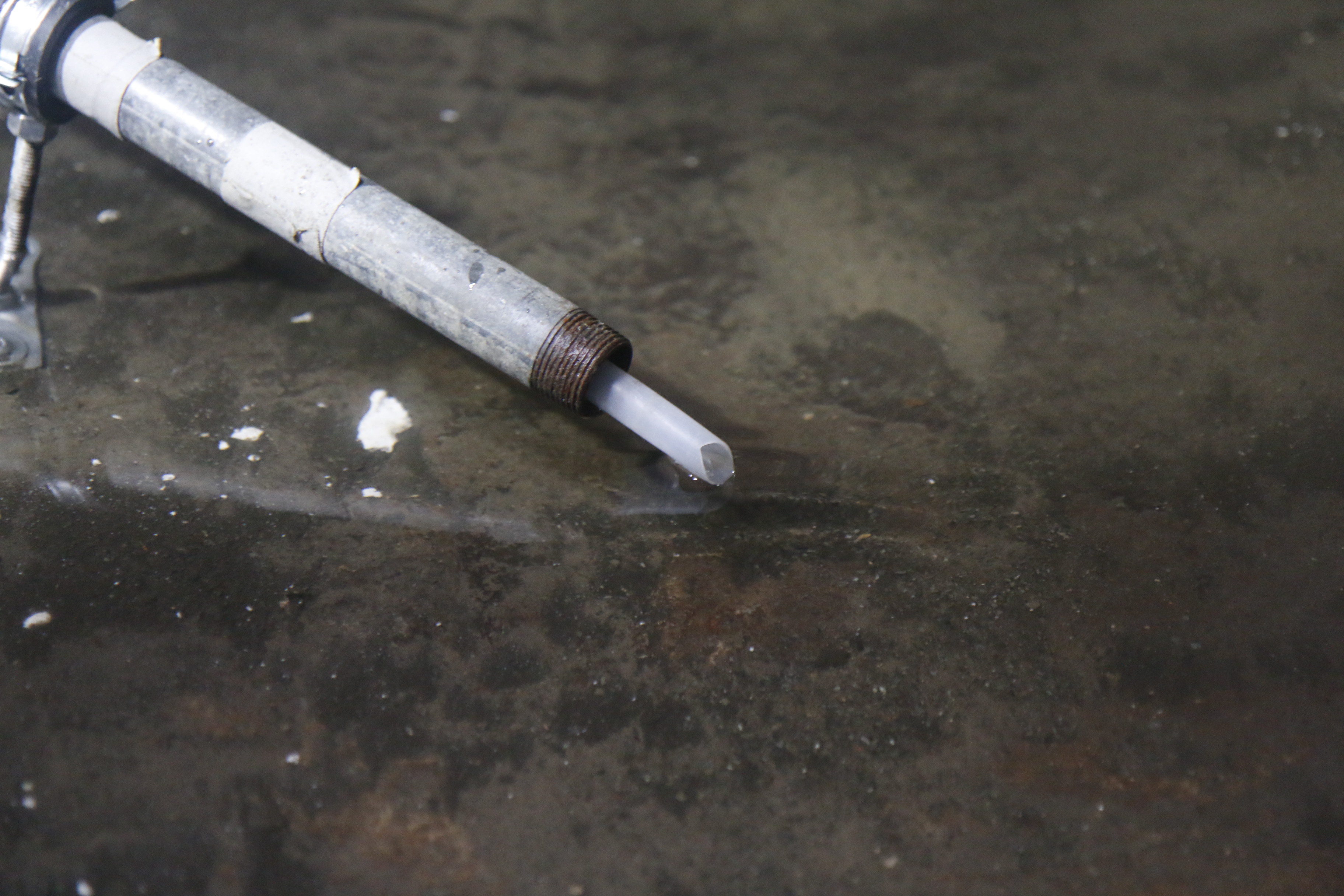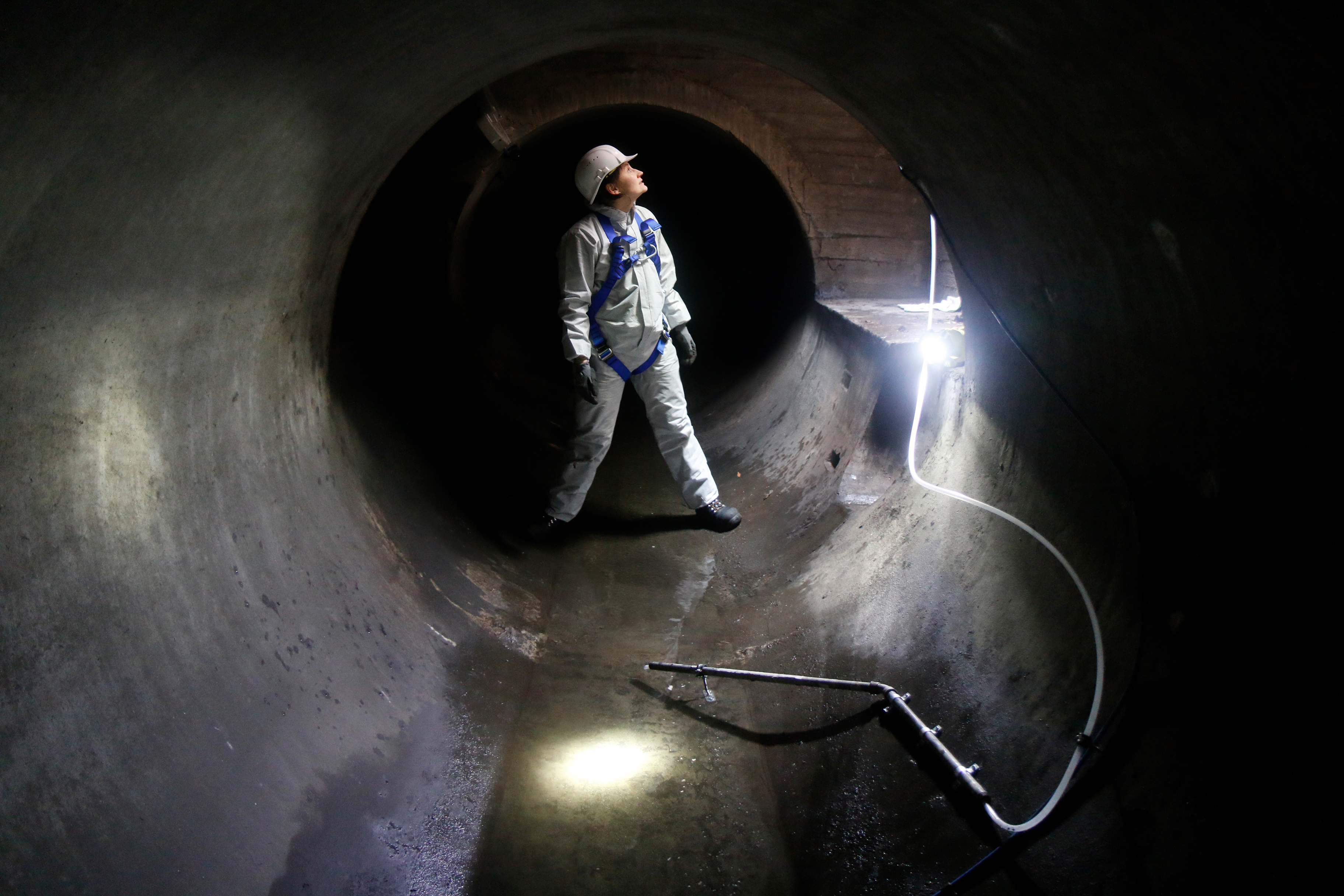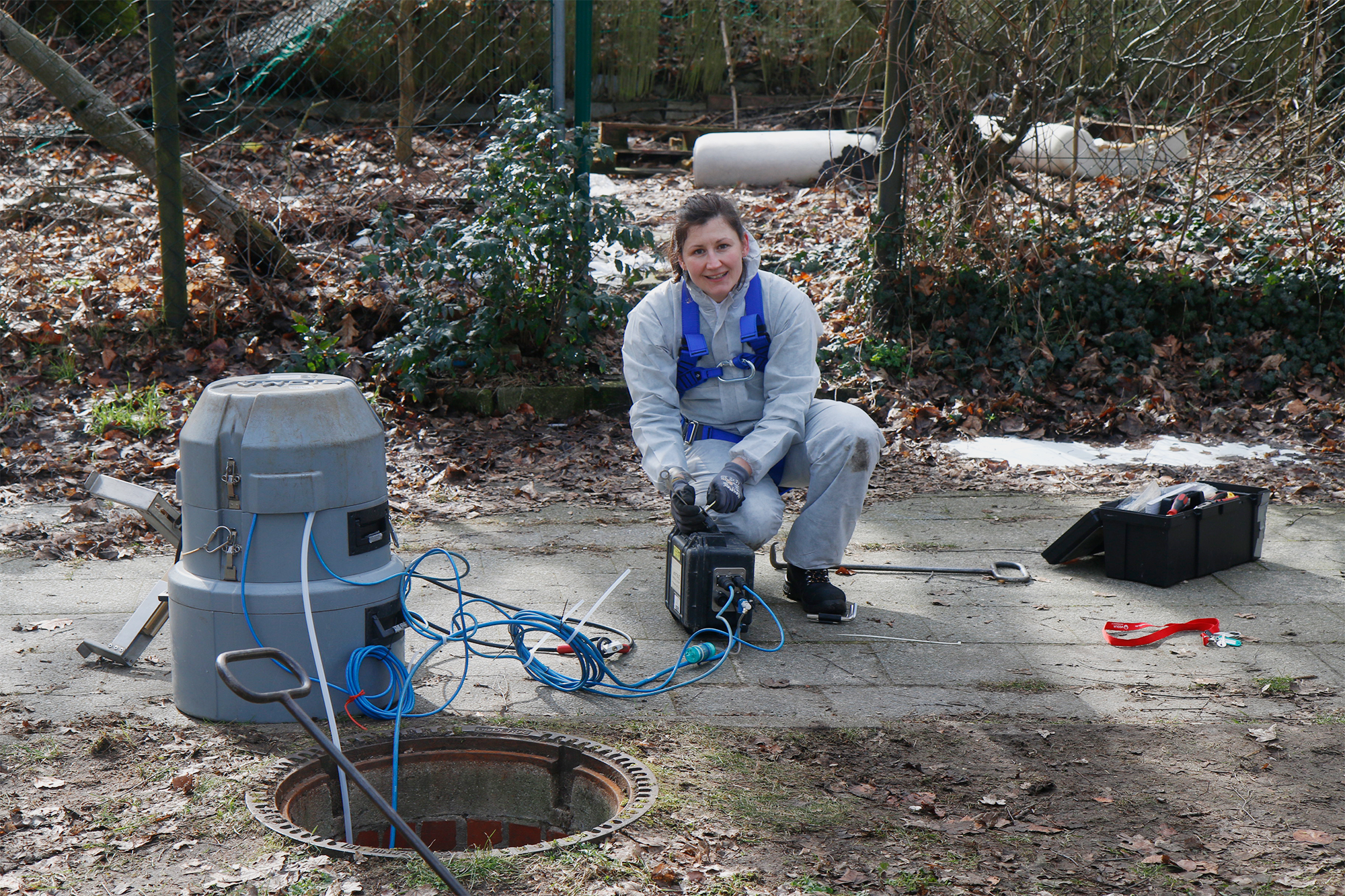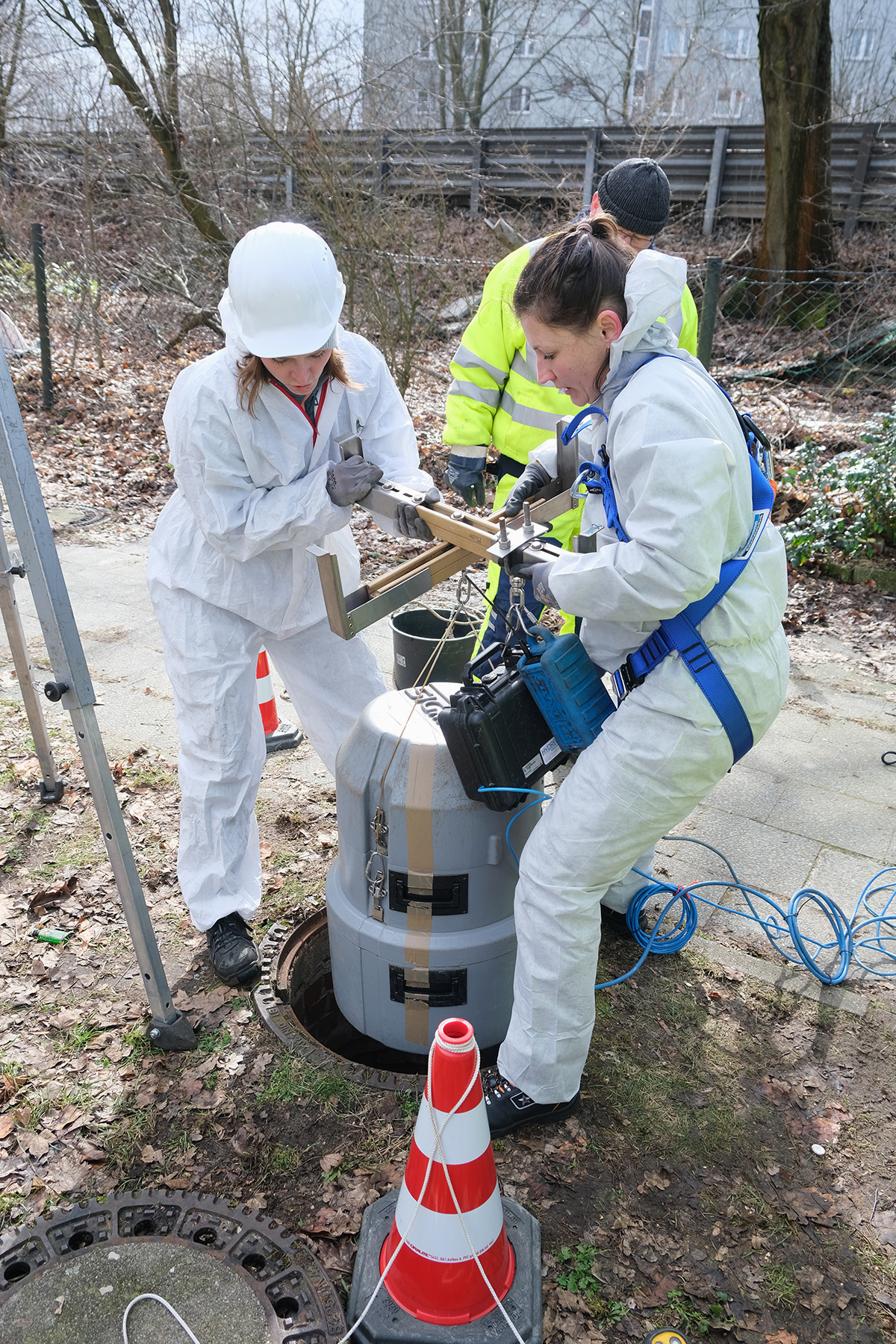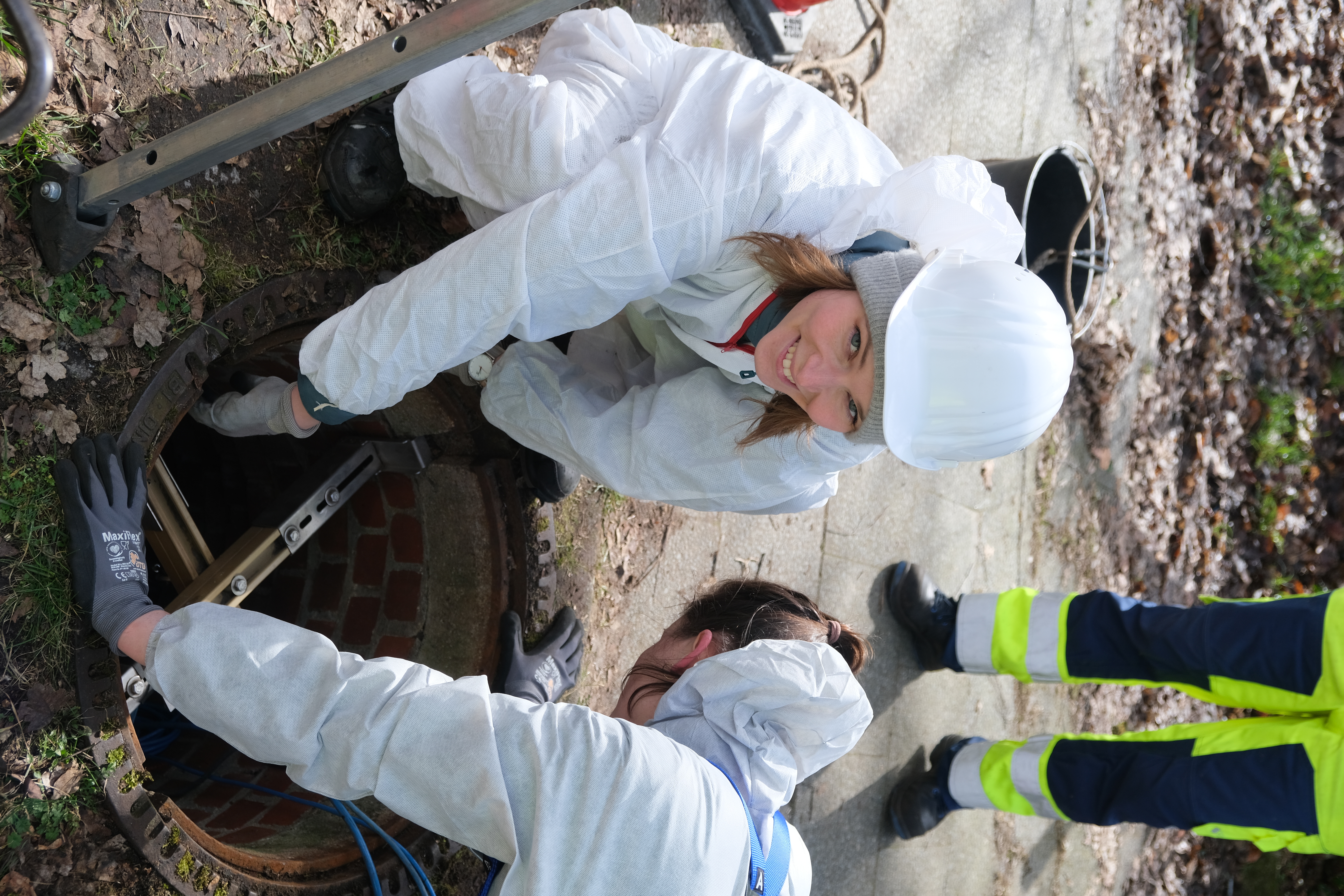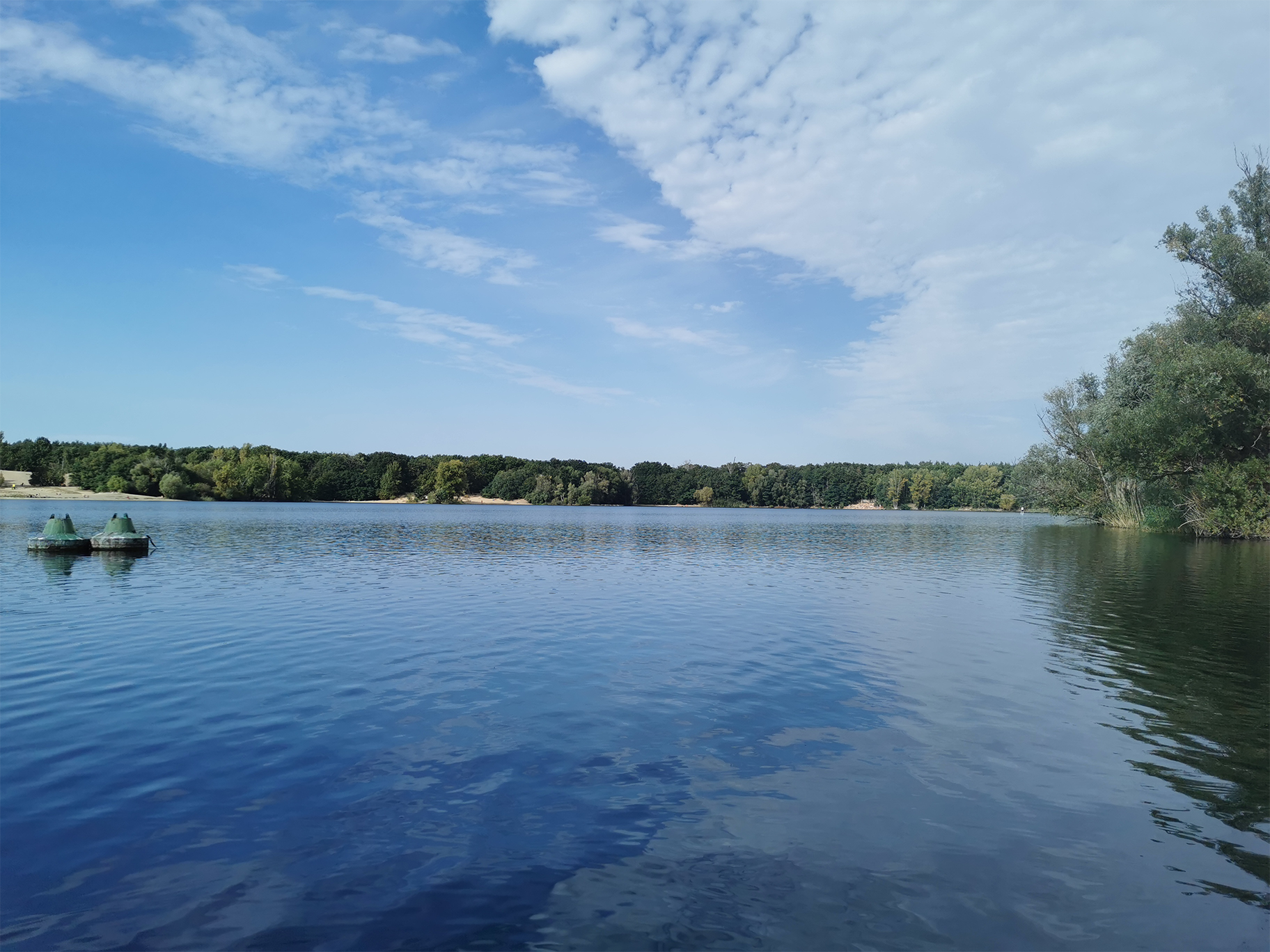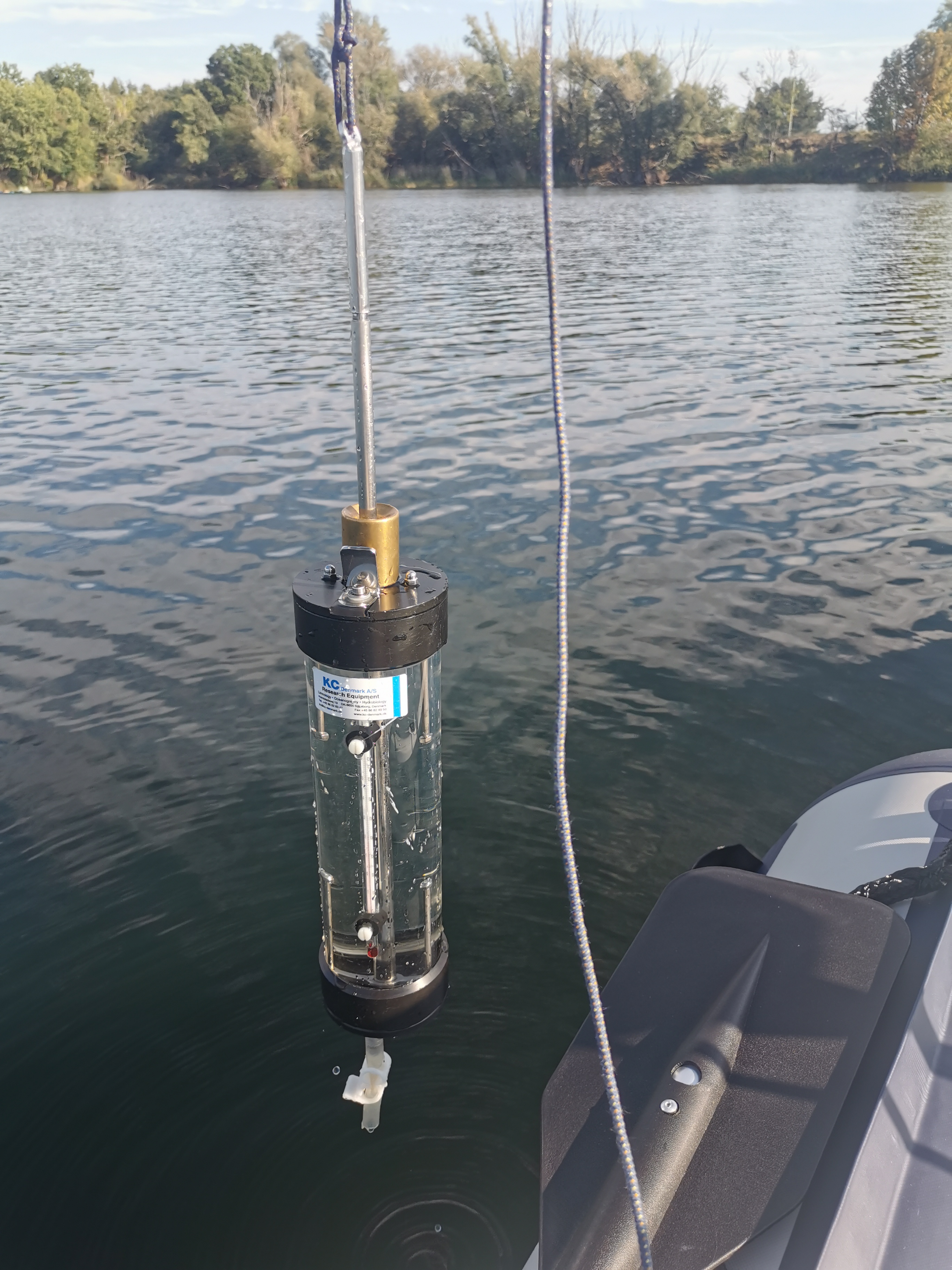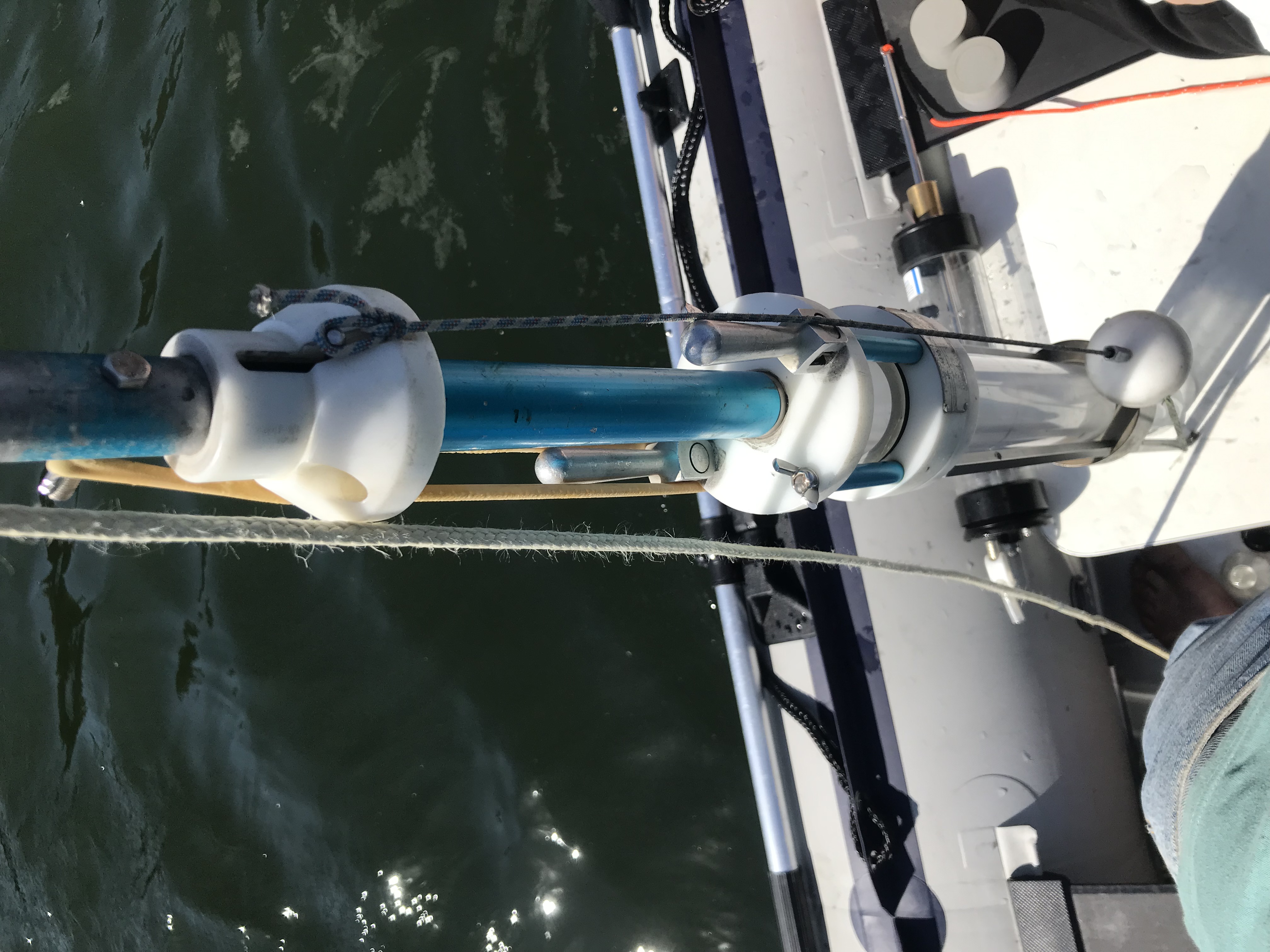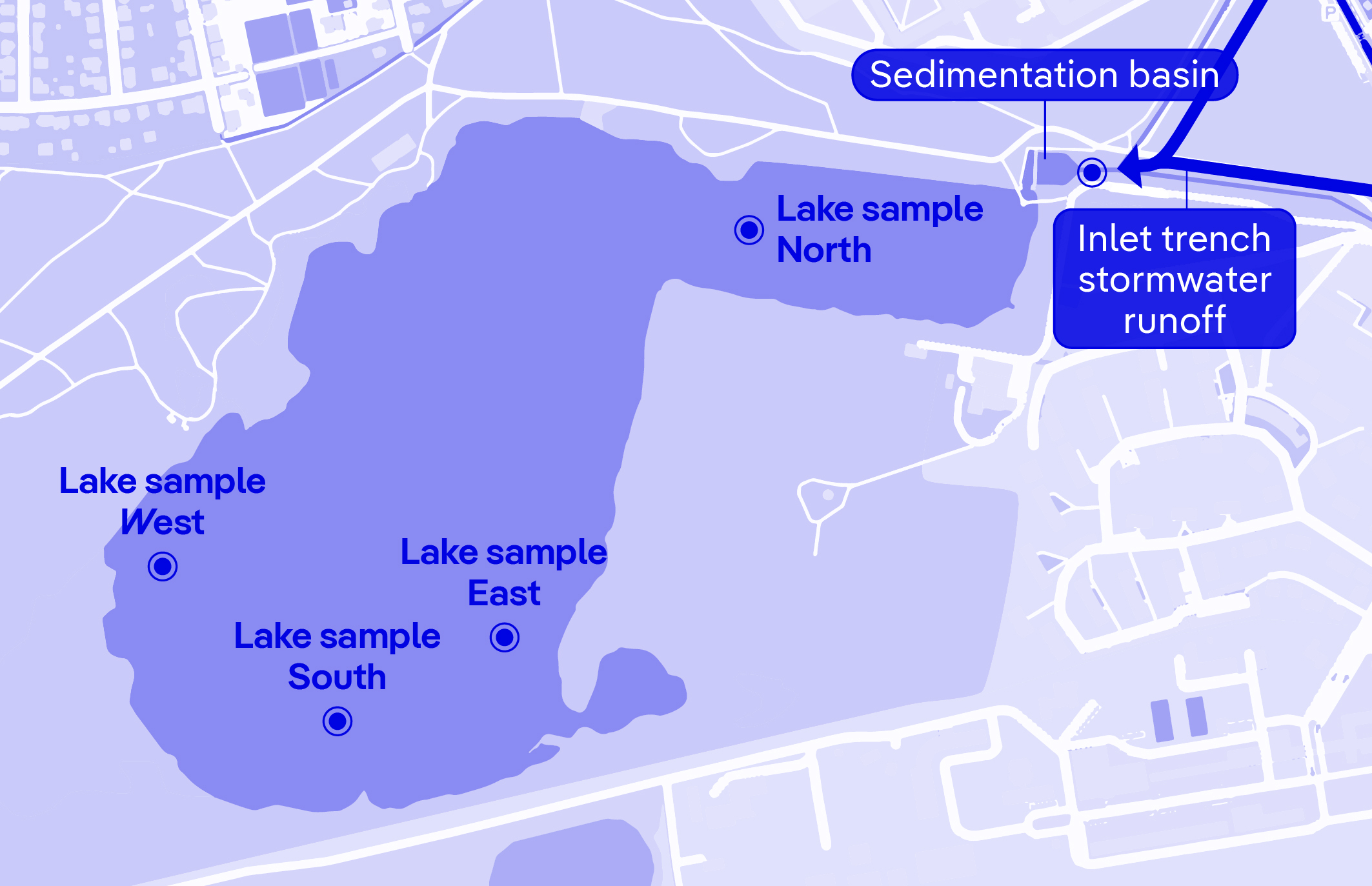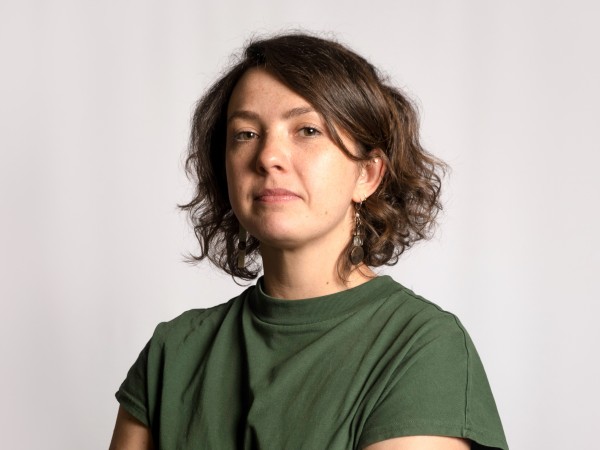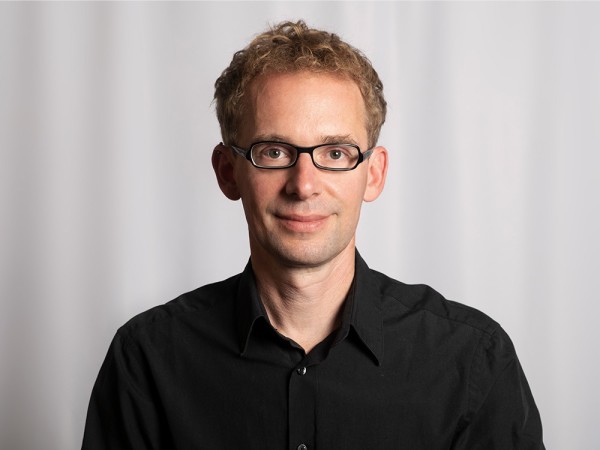The European Green Deal has sparked a race to promote sustainable resource use and transition from a linear to a circular economy. One of the biggest challenges in achieving the EU's circular economy goals is the presence of per- and polyfluoroalkyl substances (PFAS) in soil and water systems. These synthetic, non-biodegradable, and highly persistent "forever chemicals" are a key focus of the EU's research and regulatory agenda. They are already regulated under the updated Drinking Water Directive (2020/2184) and are being addressed in the revision of the Environmental Quality Standards Directive (2008/105/EC) and the Groundwater Directive (2006/118/EC).
The presence of PFAS and other industrial, persistent, mobile, and potentially toxic substances (iPM(T)s) in the environment poses significant challenges for the EU, as they have been shown to affect both the environment and human health adversely. Achieving the goals of the European Green Deal, the “Zero Pollution” Action Plan, and the Circular Economy Action Plan necessitates innovative strategies to address and remove these synthetic contaminants. This is precisely the focus of the PROMISCES (Preventing Recalcitrant Organic Mobile Industrial chemicalS for Circular Economy in the Soil-sediment-water system) project, which concluded in April 2025.
Led by the French Geological Survey (BRGM), the PROMISCES project brought together 27 partners from nine countries over three and a half years. The team conducted seven European case studies, examining the occurrence of PFAS and iPM(T)s across five specific circular economy routes, where resources such as water or nutrients are recycled. The Berlin Centre of Competence for Water (KWB) played a key role, focusing on sampling in Berlin, as well as modelling and assessing health risks. At KWB, 19 of the 45 total project staff participated in five of the six research groups, along with numerous students involved in PROMISCES. This highlights not only the breadth of expertise and research at KWB but also the significant effort required to plan, organise, monitor, sample, develop, model, and manage the various practical and technical aspects of this ambitious project.
Berlin case study: PFAS in the urban water cycle
Berliner Wasserbetriebe (BWB) led the Berlin case study in collaboration with the German Environment Agency (UBA), the Federal Institute of Hydrology (BfG), and KWB. Together, the partners analysed the presence of PFAS and iPM(T)s, such as those found in indirect industrial discharges, and developed a toxicological assessment framework for these substances within Berlin's semi-closed urban water cycle.
KWB was responsible for the strategic planning and implementation of sampling, focusing on monitoring and modelling the behaviour and transport of PFAS and iPM(T)s in urban runoff, surface water, and groundwater. A particular emphasis was placed on quantifying PFAS and iPM(T)s in stormwater runoff. Analyses of known substances were conducted in BWB’s laboratories, while researchers at BfG used a non-targeted approach to identify substances not yet included in standard monitoring programmes. UBA and project partner BioDetection Systems (BDS) carried out toxicological analysis and evaluation.
Sampling was conducted at various points in Berlin-Reinickendorf's urban water cycle, including wastewater and urban stormwater runoff, to identify factors contributing to contamination and pinpoint potential sources of industrial chemicals. Based on the monitoring results, a suitable modelling approach was developed to optimise urban water cycle management, including the ability to reliably detect a wide range of PFAS.
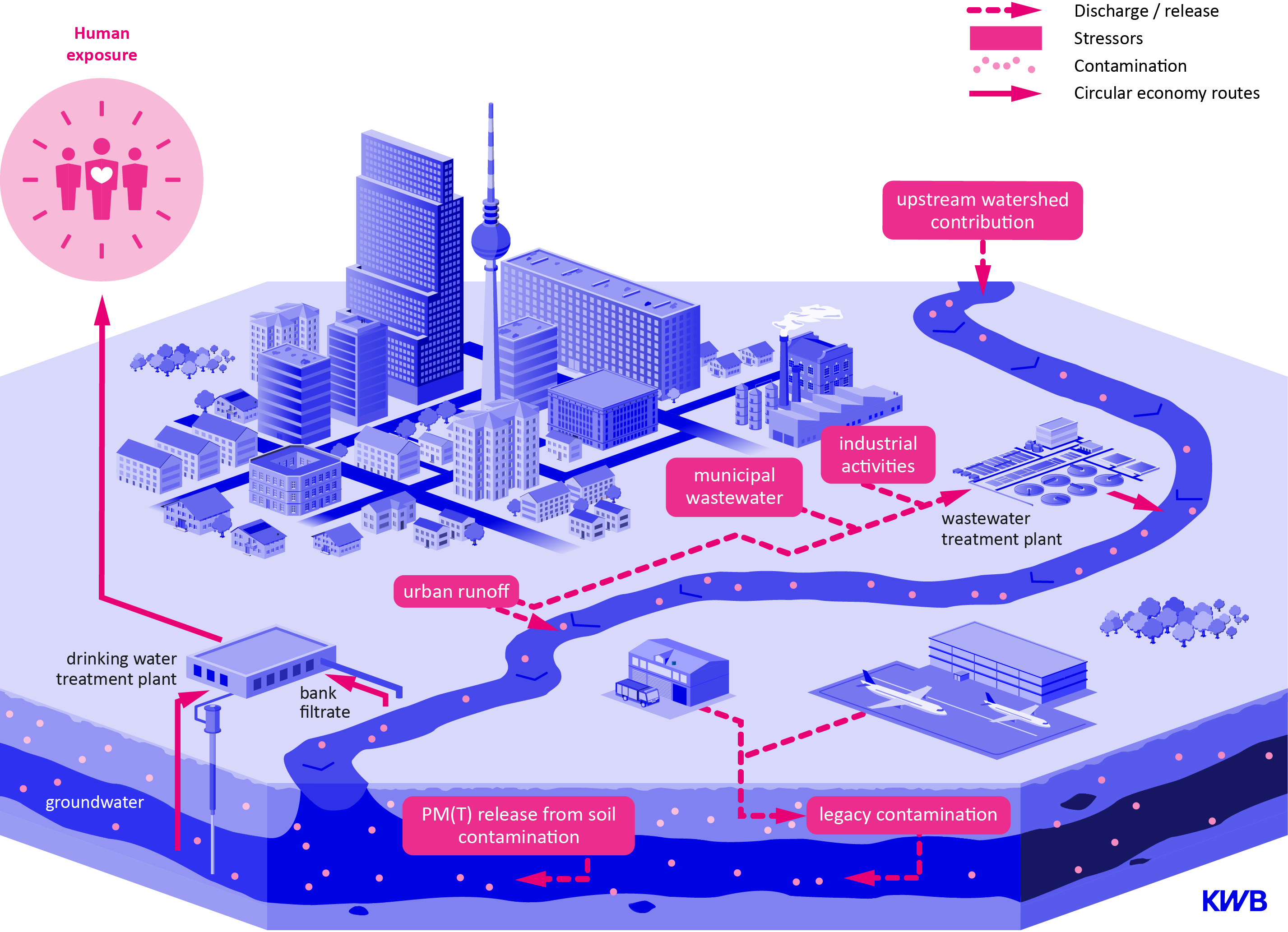
Monitoring of rainwater runoff and surface water
In 2023, rainwater runoff samples were collected over an eight-month period from two industrial sites in Berlin's Reinickendorf district. Flow meters and automatic samplers were installed in the rainwater drains at these sites, which channel the runoff to the nearest surface water body, Lake Flughafensee. Samples were collected during 24 rainfall events and prepared to reflect the average concentrations for each event. The analysis detected 13 of the 26 tested PFAS compounds and other PMT substances.
To evaluate the significance of the measured concentrations, they were compared with the threshold value for PFAS concentrations currently under discussion in the ongoing revision of the Environmental Quality Standards Directive (2013/39/EU). Environmental quality standards define threshold values above which harmful effects on aquatic ecosystems are likely. For PFAS, this threshold is set at 4.4 ng/L PFOA equivalents for 24 PFAS compounds. PFOA equivalents are standardised units used to assess the relative toxicity and environmental impact of different PFAS compounds compared to perfluorooctanoic acid (PFOA). The PFOA equivalent is determined by applying a relative potency factor (RPF), which normalises the measured concentrations of the 24 PFAS compounds to the toxicity of PFOA.
The investigation of the sampled rainwater runoff revealed that the average PFOA equivalent values reached the proposed threshold, with peak values exceeding it by more than tenfold. These findings highlight that rainwater runoff can contribute to surface water contamination and surpass the threshold values. However, PFAS concentrations in rainwater runoff are lower than, for example, those found in effluents from municipal wastewater treatment plants. Additionally, the threshold value applies to surface waters rather than runoff, meaning exceedances depend on dilution factors. During rainfall events, however, the proportion of rainwater in smaller urban watercourses can exceed 50%, making dilution less effective.
Samples were taken from Lake Flughafensee to further assess the impact of rainwater discharge on an urban lake. This lake is located near a contaminated site resulting from the long-term operation of Berlin Tegel Airport. It also receives runoff from a catchment area, including the previously studied industrial sites. The results identified nine PFAS compounds in the lake, with PFAS concentrations approximately ten times higher than those in the runoff. This may be due to the long-term accumulation of rainwater inputs or contamination from polluted groundwater flows. To investigate these hypotheses further, samples were collected from nearby groundwater monitoring wells and lake sediments.
Installation of a monitoring site in a storm sewer
Samples were taken from Lake Flughafensee to further assess the impact of rainwater discharge on an urban lake. This lake is located near a contaminated site resulting from the long-term operation of Berlin Tegel Airport. It also receives runoff from a catchment area, including the previously studied industrial sites. The results identified nine PFAS compounds in the lake, with PFAS concentrations approximately ten times higher than those in the runoff. This may be due to the long-term accumulation of rainwater inputs or contamination from polluted groundwater flows. To investigate these hypotheses further, samples were collected from nearby groundwater monitoring wells and lake sediments.
Sampling the Flughafensee
Sampling groundwater and lake sediments
Groundwater and lake sediment samples were collected to investigate the potential role of Lake Tegel as a source of PFAS and other iPM(T) migration into the surrounding aquifer. Located north of the former Tegel Airport, the lake is the deepest in Berlin, with a maximum depth of 34 metres. Local groundwater flow moves from east to west, resulting in effluent conditions (groundwater discharging into the lake) along the eastern shore and influent conditions (lake water recharging the groundwater) on the western shore. Three shallow groundwater monitoring wells were sampled upstream and downstream of the lake. Additionally, undisturbed sediment cores were collected from four locations on the lakebed to analyse PFAS and iPM(T).
The Leibniz Institute of Freshwater Ecology and Inland Fisheries (IGB) provided the sediment core sampling equipment in Berlin. The Federal Institute for Materials Research and Testing (BAM) in Berlin conducted sediment sample preparation and analysis for extractable organofluorine (EOF).
The sediment cores from Lake Tegel were analysed for 39 PFAS compounds using liquid chromatography-tandem mass spectrometry (LC-MS/MS). Detectable concentrations of PFAS were found in all sediment samples. Particularly high concentrations were observed near the stormwater inflow into the lake (northern lake sample), with N-MeFOSAA (42 μg/kg) and N-EtFOSAA (24 μg/kg) being prominent. These substances, considered precursors to perfluorooctane sulfonate (PFOS), indicate historical contamination from industrial wastewater or firefighting foam.
Groundwater samples were collected from three monitoring wells—one upstream and two downstream of the lake. The upstream samples were dominated by short-chain PFAS compounds such as PFBA, PFBS, and PFHxA. In contrast, the downstream samples were heavily influenced by PFOS.
Long-term risks and recommendations for action
The investigation findings suggest that PFAS contamination in the lake is more closely linked to groundwater inflow and the potential remobilisation of sediments rather than runoff from rainwater. Even if the direct sources of PFAS pollution are reduced or eliminated, there may still be a long-term risk of contamination from sediments that continue to release PFAS into the groundwater. Further studies on groundwater, sediments, and the long-term impact of historical contamination sources are essential.
This highlights the complexity of addressing PFAS contamination in the environment – a challenge that will likely require attention for many years.
Model for assessing health exposure
In addition to its activities in Berlin, KWB, in collaboration with the Spanish technology and research centre Eurecat, developed a Human Health Exposure Assessment model (HHEA). This model allows for comparing multiple chemicals, enabling water suppliers to identify those posing significant risks and prioritise them for preventive or remedial measures. It also examines exposure pathways, such as the drinking water cycle and water reuse in agriculture. The HHEA model will be released as an open-source solution upon project completion in May 2025.
Innovative approaches for a sustainable future
The PROMISCES project delivers key insights and innovative solutions to effectively monitor PFAS contamination, assess risks, and develop strategies to reduce and prevent further pollution. This includes technical solutions for soil and groundwater remediation, landfill leachate treatment, and drinking water purification. Additionally, management approaches have been devised, such as substituting persistent chemicals with less harmful alternatives.
Free decision making tool
A standout result of the project is the open-source Decision Support Framework (DSF), a tool designed to provide practical solutions for preventing, monitoring, and treating persistent pollutants. The DSF was developed under the leadership of the French National Institute for Industrial Environment and Risks (INERIS), the Dutch National Institute for Public Health and the Environment (RIVM), and Eurecat. As a knowledge sharing platform, it will be available to end users, including water suppliers, the chemical industry, and policymakers, following the project's conclusion in May 2025.
The Importance of Communication
On 19 June 2024, KWB organised a "Water Workshop" focusing on PROMISCES and PFAS. The event attracted significant interest, drawing a wide range of stakeholders, including employees from various Berlin district offices, representatives from other German cities, politicians, and local decision-makers. In addition to contributions from PROMISCES partners at KWB (Daniel Wicke) and BWB (Regina Gnirß, Fiona Rückbeil, Frederik Zietzschmann), Astrid Klose from Berlin's Senate Department for Mobility, Transport, Climate Protection, and the Environment (an associated PROMISCES partner) shared the latest insights on PFAS contamination in soil and groundwater in Berlin. Publicly funded events like this, which address key issues in the water cycle and circular economy, are vital for raising awareness and fostering discussions on how best to protect the environment and public health.
When embedding this video, cookies from third parties may be set. You must agree to this if you want to watch the video. You can change your decision later in the privacy settings.
Towards a zero pollution circular economy
The PROMISCES project has made significant strides in addressing the challenges posed by PFAS pollution. The Berlin case study and KWB's contributions played a critical role in enhancing under-standing of PFAS entry into urban water cycles and paving the way for targeted countermeasures. These efforts bring us closer to the vision of a sustainable, pollutant-free circular economy in the water sector.
Videos on PFAS and PROMISCES from Berliner Wasserbetriebe
When embedding this video, cookies from third parties may be set. You must agree to this if you want to watch the video. You can change your decision later in the privacy settings.
When embedding this video, cookies from third parties may be set. You must agree to this if you want to watch the video. You can change your decision later in the privacy settings.
